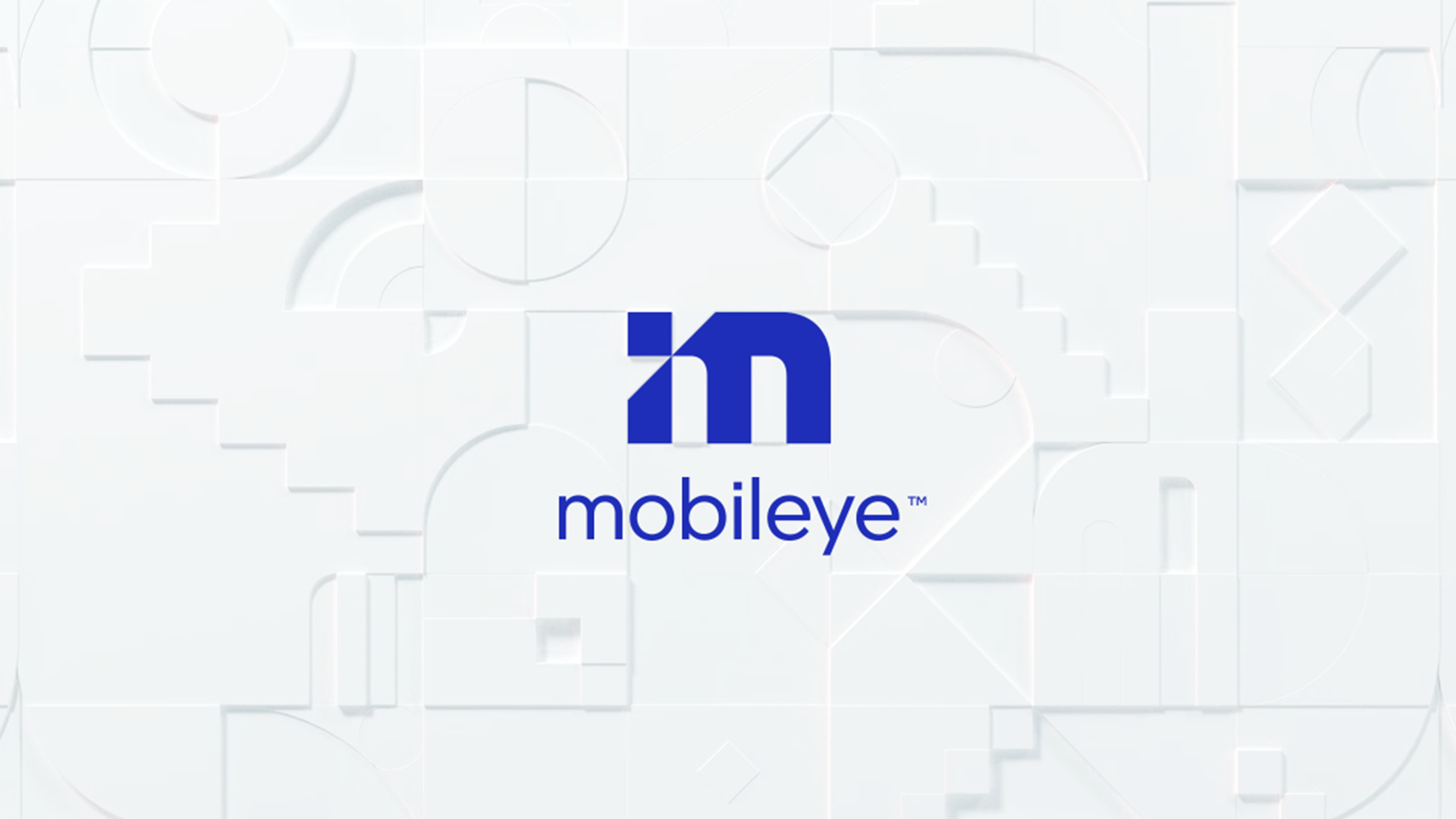With their previous experience I would hope they would be able to cut down the time significantly, but on the flip side, the SF driving environment is a lot tougher than Chandler, so that balances things out. The other thing is if Alphabet still has the same patience they had 4 years ago. Alphabet/Google has a propensity of suddenly orphaning projects that don't see a return, so there may be more pressure on the Waymo team to delivery something more quickly.Yeah, maybe I am too optimistic. We shall see. I just think that with the experience that Waymo has gained from Chandler and the improvements that they've made to the FSD since then, they should be able to cut the 3.5 years down by a lot. How long it takes to go public with no NDAs, will be a good indicator IMO if Waymo has really sped up their testing process or not.
I will say I see a ton of them here in SF recently (way more than Cruise, which previously was quite common too).
And as a side note, I have taken a close in person look at both the gen 4 (when they first started there were were more of these) and gen 5 (now it's mostly these). There was mention by a while back that the gen 4 cars already had 20-something cameras (instead of just the eight in the dome that I was aware of, which are documented in the paper below as 1920x1280 cameras inside the dome), but I don't see any locations below the dome level where they could be installed. Other than the standard rear view camera that came with the Pacifica, the only sensors below dome level visible are the honeycomb lidar sensors, plus sections of housing that likely houses radar sensors. There are no visible windows/cutouts below dome level that could house a camera and if that's true they basically had no vision coverage of the perimeter of the vehicle (other than standard rear view camera).
https://arxiv.org/pdf/1912.04838.pdf
In gen 5 however, it's easy to see the cameras. The cameras on the top are no longer in a small dome and are now exposed in a much larger circular housing (it looks like 8 pairs of cameras so 16 total), there are 3 additional cameras visible in the box underneath the dome, and it's plain to see the 8 cameras in the perimeters (3 each on each of the front corners, and 1 on each rear corner), plus 1 on the grill, and 1 on the trunk. This accounts for all 29 cameras that is reported for gen 5.
Last edited:






